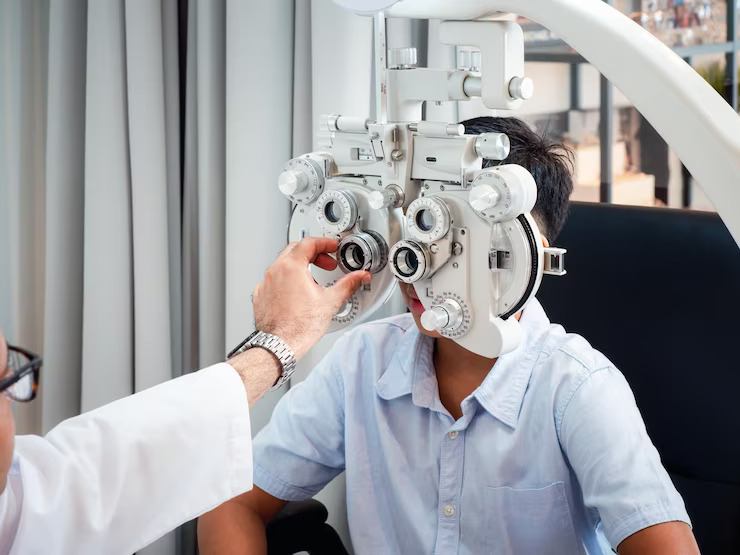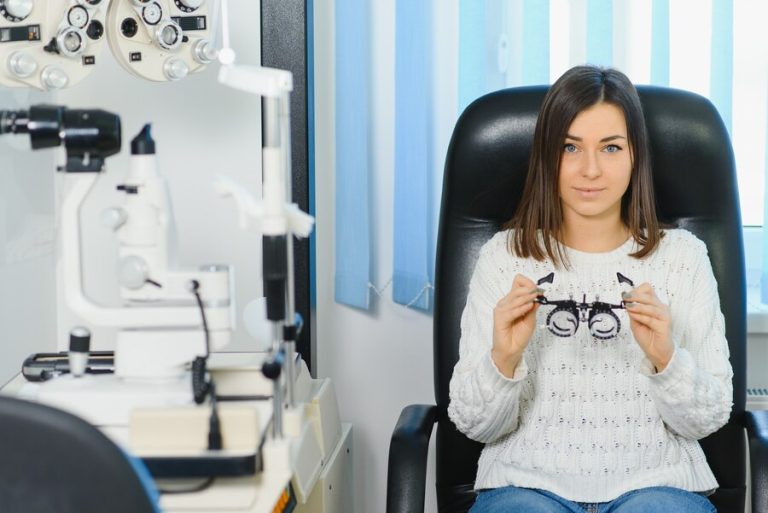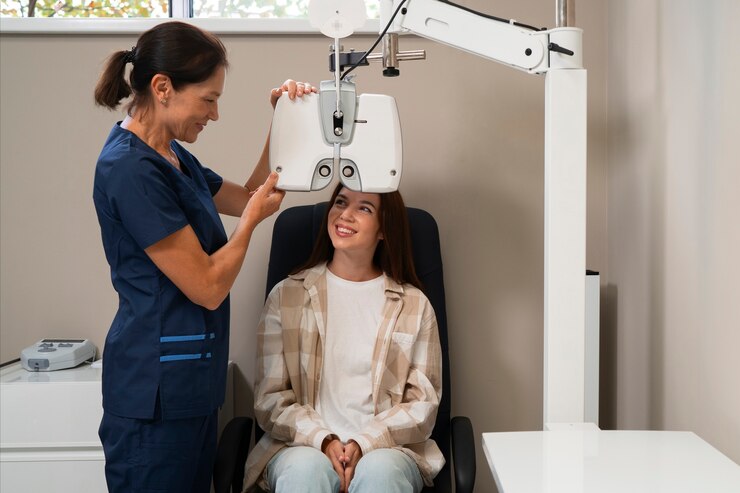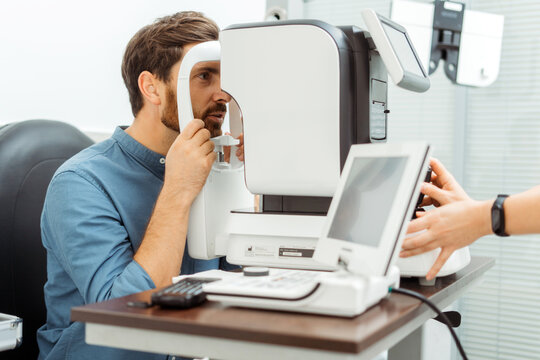The Importance of a Complete Eye Examination
In our modern world, where screens dominate our daily lives and environmental factors constantly challenge our vision, maintaining eye health is more critical than ever. A complete eye examination is a comprehensive assessment that goes beyond merely checking for 20/20 vision. It encompasses a range of tests to evaluate the overall health of the eyes and can detect various eye conditions and general health issues. This article explores the importance of regular, complete eye examinations, their components, and the benefits they provide.
Why Are Complete Eye Examinations Important?
Early Detection of Eye Diseases
Many eye diseases, such as glaucoma, age-related macular degeneration (AMD), and diabetic retinopathy, develop slowly and without initial symptoms. Regular eye exams can detect these conditions early, when treatment is most effective. Early intervention can prevent or slow down the progression of these diseases, potentially saving your vision.
Vision Correction
Refractive errors like myopia (nearsightedness), hyperopia (farsightedness), astigmatism, and presbyopia (age-related difficulty in seeing close objects) are common vision problems. A comprehensive eye exam can accurately determine the prescription needed for corrective lenses or contact lenses, ensuring clear and comfortable vision.
Monitoring Overall Health
The eyes are often called the windows to the soul, but they can also provide a glimpse into your overall health. Systemic conditions such as diabetes, hypertension, high cholesterol, and even certain types of cancers can manifest signs in the eyes. An eye examination can reveal these signs, prompting further investigation and early treatment.
Children’s Vision and Development
For children, regular eye exams are crucial. Vision problems can hinder learning and development, affecting academic performance and social interactions. Detecting and correcting these issues early can significantly improve a child’s quality of life and educational outcomes.
Components of a Complete Eye Examination
A complete eye examination involves several tests and procedures to thoroughly assess the health and functionality of your eyes. Here’s what to expect during a comprehensive eye exam:
Medical History
The exam begins with a detailed review of your medical history, including any vision problems, eye diseases, general health issues, and medications you are currently taking. This information helps the eye doctor understand your overall health and how it might affect your eyes.
Visual Acuity Test
The visual acuity test measures how clearly you can see at different distances. You’ll be asked to read letters on an eye chart to determine your vision sharpness. This test helps in identifying any refractive errors that need correction.
Refraction Assessment
Using a phoropter, the eye doctor determines the exact prescription for eyeglasses or contact lenses. By switching lenses and asking for feedback on clarity, the doctor can pinpoint the best lens power for your eyes.
Eye Muscle Function Test
This test evaluates the muscles that control eye movement to ensure they are functioning properly. The doctor will observe how your eyes move and work together, which is essential for tasks requiring depth perception and focus.
Visual Field Test
The visual field test checks your peripheral vision. It helps detect issues like glaucoma, which affects side vision before central vision. You’ll be asked to focus on a central point while lights flash in your peripheral vision, and you’ll indicate when you see them.
Pupil Response Test
The doctor shines a light into your eyes to see how your pupils respond. This test helps in assessing the nerve pathways between the eyes and the brain, which can indicate neurological health.
Tonometry
Tonometry measures the pressure inside your eyes, known as intraocular pressure (IOP). Elevated IOP can be a sign of glaucoma. The test can be done using a puff of air or a small device that gently touches the eye’s surface.
Retinal Examination
Using an ophthalmoscope or a fundus camera, the doctor examines the retina, optic disc, and blood vessels at the back of your eye. This test can reveal signs of conditions such as diabetic retinopathy, macular degeneration, and retinal detachment.
Slit-Lamp Examination
A slit-lamp microscope provides a magnified view of the eye’s front structures, including the cornea, iris, lens, and anterior chamber. This test can detect conditions like cataracts, corneal injuries, and dry eye syndrome.
Dilated Eye Exam
To get a better view of the retina and optic nerve, the doctor may use dilating drops to widen your pupils. This allows for a more thorough examination of the back of the eye, which is crucial for detecting conditions that might not be visible otherwise.
How Often Is a Comprehensive Eye Exam Necessary?
The age, health, and risk factors are among the criteria that determine how frequently an eye checkup is needed.
- Children: The first eye exam should occur at six months old, followed by another at three years old, and just before starting school. School-aged children should have an exam every two years unless vision problems are detected.
- Adults (20-39 years): Every two to three years. More frequent exams are needed if you have vision problems or risk factors like diabetes.
- Adults (40-64 years): Every two years. This age group is at higher risk for conditions like presbyopia, glaucoma, and cataracts.
- Seniors (65 and older): Annual eye exams are recommended due to the increased risk of age-related eye diseases.
Special Considerations
Certain individuals may require more frequent eye exams:
- Diabetics: Annual eye exams are essential for detecting diabetic retinopathy.
- Family History of Eye Disease: If you have a family history of glaucoma, AMD, or other eye diseases, regular check-ups are crucial.
- Contact Lens Wearers: Should have annual exams to ensure proper fit and eye health.
- Individuals with Chronic Conditions: Conditions like hypertension and high cholesterol can affect eye health, necessitating regular exams.
Conclusion
A complete eye examination is a comprehensive check-up that assesses not only your vision but also the overall health of your eyes and can provide insights into your general health. Regular eye exams are crucial for detecting eye diseases early, correcting vision problems, and ensuring the well-being of your entire body. By understanding the importance and components of a complete eye exam, you can take proactive steps to protect your vision and health. Regular eye exams should be an integral part of your healthcare routine, tailored to your specific needs and risk factors.
For any further queries, Plz visit drvivekgarg.in








